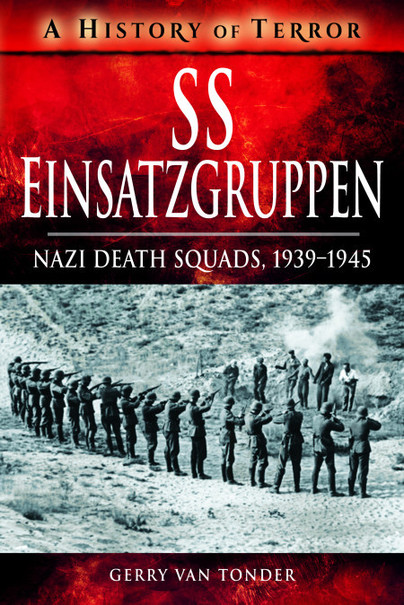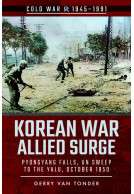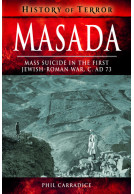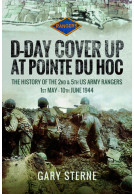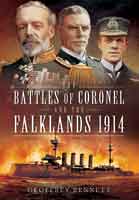SS Einsatzgruppen (Paperback)
Nazi Death Squads, 1939–1945
Imprint: Pen & Sword Military
Series: History of Terror
Pages: 128
Illustrations: 80 black and white illustrations
ISBN: 9781526729095
Published: 16th April 2018
Last Released: 16th April 2024
(click here for international delivery rates)
Order within the next 10 hours, 29 minutes to get your order processed the next working day!
Need a currency converter? Check XE.com for live rates
| Other formats available | Price |
|---|---|
| SS Einsatzgruppen ePub (10.9 MB) Add to Basket | £6.99 |
In June 1941, Adolf Hitler, whose loathing of Slavs and Jewish Bolsheviks knew no bounds, launched Operation Barbarossa, throwing 4 million troops, supported by tanks, artillery and aircraft into the Soviet Union. Operational groups of the German Security Service, SD, followed into the Baltic and the Black Sea areas. Their orders: neutralize elements hostile to Nazi domination. Combined SS and SD headquarters were set up in Riga (northern), Mogilev (middle) and Kiev (southern), each with subordinate units of the SD, the Einsatzgruppen, and lower echelons of Einsatzkommandos.
Communist and Soviet NKVD (People’s Commissariat for Internal Affairs) agents were targeted, and from August 1941 to March 1943, 4,000 Soviet and communist agents were arrested and executed. In addition, far greater numbers of partisans and communists were shot to ensure political and ethnic purity in the occupied territories. Einsatzgruppe A, under Adolf Eichmann, executed 29,000 people – listed as ‘Jews’ or ‘mostly Jews’ – in Latvia and Lithuania in the early stages of the operation. In the Einsatzgruppe C report for September 1941, there is a comment, ‘50,000 executions “foreseen” in Kiev’. In five months in 1941, Einsatzkommando III commander, Karl Jäger, reported killing 138,272 (48,252 men, 55,556 women and 34,464 children).
The Einsatzgruppen were death squads – their tools the rifle, the pistol and the machine gun. It is estimated that the Einsatzgruppen executed more than 2 million people between 1941 and 1945, including 1.3 million Jews.
This is an excellent book, Van Tonder has been able to use recently declassified wartime memoirs as well as the many sources that have been in the ‘public’ sphere since 1945. This is an incredibly researched book and adds to the history of the Second World War.
GoodReads, Paul's Reviews
Read the full review here
This is an excellent book, Van Tonder has been able to use recently declassified wartime memoirs as well as the many sources that have been in the ‘public’ sphere since 1945. This is an incredibly researched book and adds to the history of the Second World War.
Reviewed by Paul Diggett via Amazon, Goodreads. Guardian Bookshop, Library Thing & Waterstones
Click here to read the full review
This is an excellent book, van Tonder has been able to use recently declassified wartime memoirs as well as the many sources that have been in the ‘public’ sphere since 1945. This is an incredibly researched book and adds to the history of the Second World War.
Reviewed by Paul Diggett via Amazon, Goodreads. Guardian Bookshop, Library Thing & Waterstones
Click here to read the full review.
Not a large book but what it contains should be essential reading in every school...
The Armourer, August 2018
... If anything, this book deserved to be bigger but the author must be congratulated for being able to stomach what is presented. It's horrific, but an essential counter to Holocaust deniers and those as culpable as the Nazis.
About Gerry van Tonder
Gerry van Tonder was born in Zimbabwe and came to Britain in 1999. He is a full-time historian and a published author. Specializing in military history, Gerry has authored Rhodesian Combined Forces Roll of Honour, 1966–1981; Book of Remembrance: Rhodesia Native Regiment and Rhodesian African Rifles; North of the Red Line (South African Defence Force’s border war), and the co-authored definitive Rhodesia Regiment, 1899–1981, a copy of which he presented to the regiment’s former colonel-in-chief, Her Majesty the Queen. Gerry has also written on British local history, including Derby in 50 Buildings, Chesterfield’s Military Heritage and Mansfield Through Time. He recently started with a series of Cold War titles and Echoes of the Coventry Blitz.







